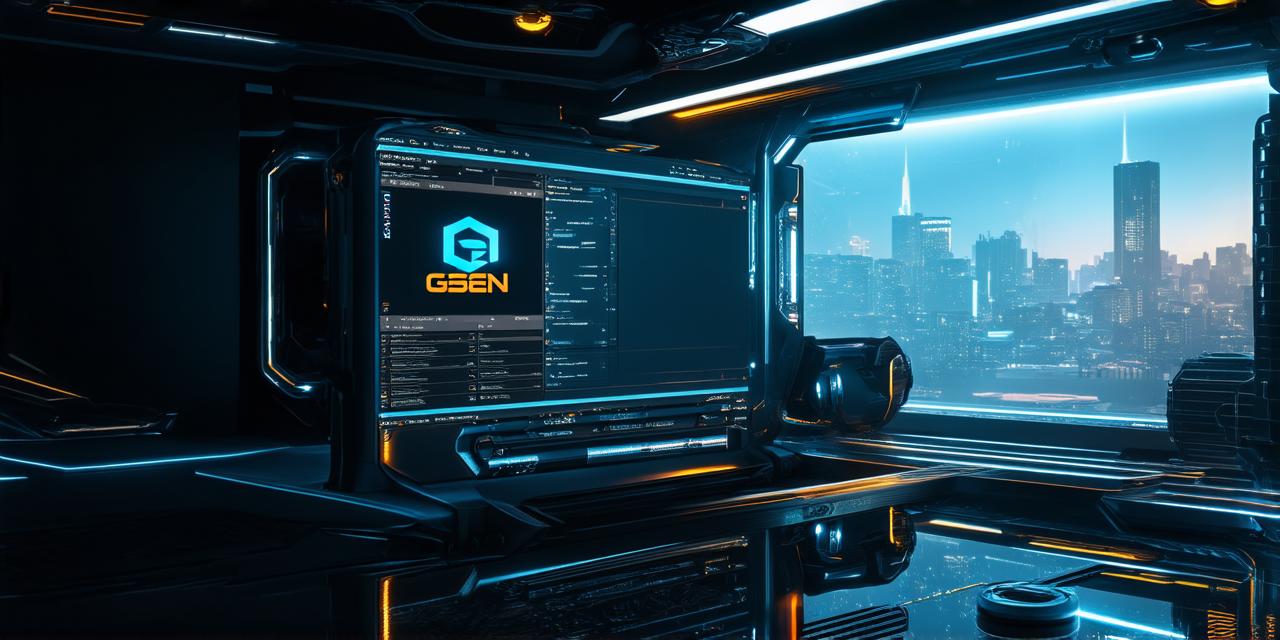Key Differences Between UE4 and UE5
UE5 is a significant update to Unreal Engine, with many new features and improvements. Some of the key differences between UE4 and UE5 include:
- Improved Performance: UE5 includes several performance improvements over UE4, including better graphics rendering and faster load times. This can be especially important for large-scale games that require high performance.
- New Features: UE5 includes several new features that were not available in UE4, such as real-time ray tracing, improved AI capabilities, and better support for virtual production.
- Updated Workflow: UE5 has a slightly different workflow compared to UE4, with some changes to the editor interface and the way certain tasks are accomplished. This can take some getting used to, but it is designed to make development more efficient and streamlined.
Transitioning Your Project to UE5
If you’re ready to transition your project from XGen to UE5, here are a few tips to help you get started:
- Plan Ahead: Before you start the transition process, it’s important to plan ahead and identify any potential roadblocks or challenges that may arise. This can include assessing the compatibility of your existing assets and plugins, as well as determining how much time and resources you will need to complete the transition.
- Back Up Your Data: Before starting the transition process, it’s a good idea to back up all of your data in case anything goes wrong. This includes your project files, any custom plugins or scripts you have written, and any other important assets.
- Start with a Fresh Project: Once you have planned ahead and backed up your data, you can start the transition process by creating a new project in UE5. This will give you a fresh start and allow you to take advantage of all of the new features and improvements that UE5 has to offer.
- Migrate Your Assets: The next step is to migrate your assets from XGen to UE5. This can include things like textures, models, animations, and other media files. It’s important to carefully test each asset as you migrate it to ensure that everything is working correctly.
- Update Your Code: Finally, you will need to update any custom code or scripts that you have written for your project. This can be a time-consuming process, but it is necessary in order to take full advantage of UE5’s new features and capabilities.
Conclusion
Transitioning from XGen to UE5 can be a complex process, but with careful planning and preparation, it can also be a rewarding one. By following the tips outlined in this article, you can successfully transition your project to UE5 and take advantage of all of the new features and improvements that this powerful game engine has to offer.
